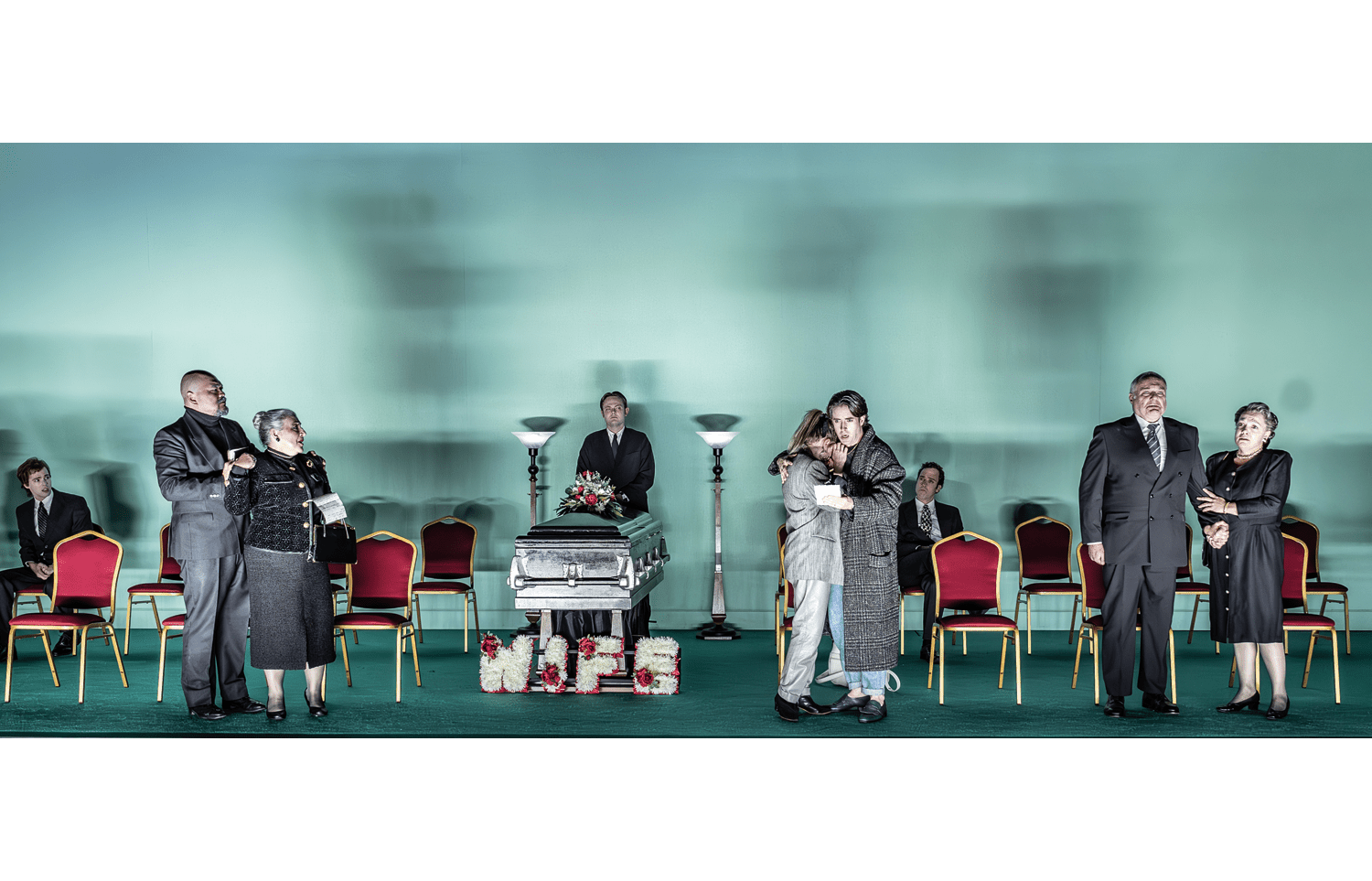It’s rare nowadays to see a new opera production that’s set in the period that the composer and librettist intended, but they do occasionally come along. In the case of Leonard Bernstein’s operas Trouble in Tahiti and A Quiet Place, the time and place are basically the whole plot. Trouble in Tahiti dates from 1951; a sassy little one-act satire on America’s postwar consumer idyll. It’s practically perfect. A Quiet Place is from 1983 and it’s a sequel, set 40 years later – post-Vietnam and post-Woodstock, with the nuclear family in full meltdown.
These performances, and this production, provoke thoughts that might rob you of sleep
It’s a bit of a mess, in other words, and Bernstein never really made the pairing work. His final version stuffed the whole of Trouble in Tahiti inside Act 2 of A Quiet Place: an operatic turducken, scored for a hefty orchestra (complete with synthesiser – this was the 1980s, after all) and duly ignored by all but the most dutiful American companies.

Get Britain's best politics newsletters
Register to get The Spectator's insight and opinion straight to your inbox. You can then read two free articles each week.
Already a subscriber? Log in








Comments
Join the debate for just $5 for 3 months
Be part of the conversation with other Spectator readers by getting your first three months for $5.
UNLOCK ACCESS Just $5 for 3 monthsAlready a subscriber? Log in